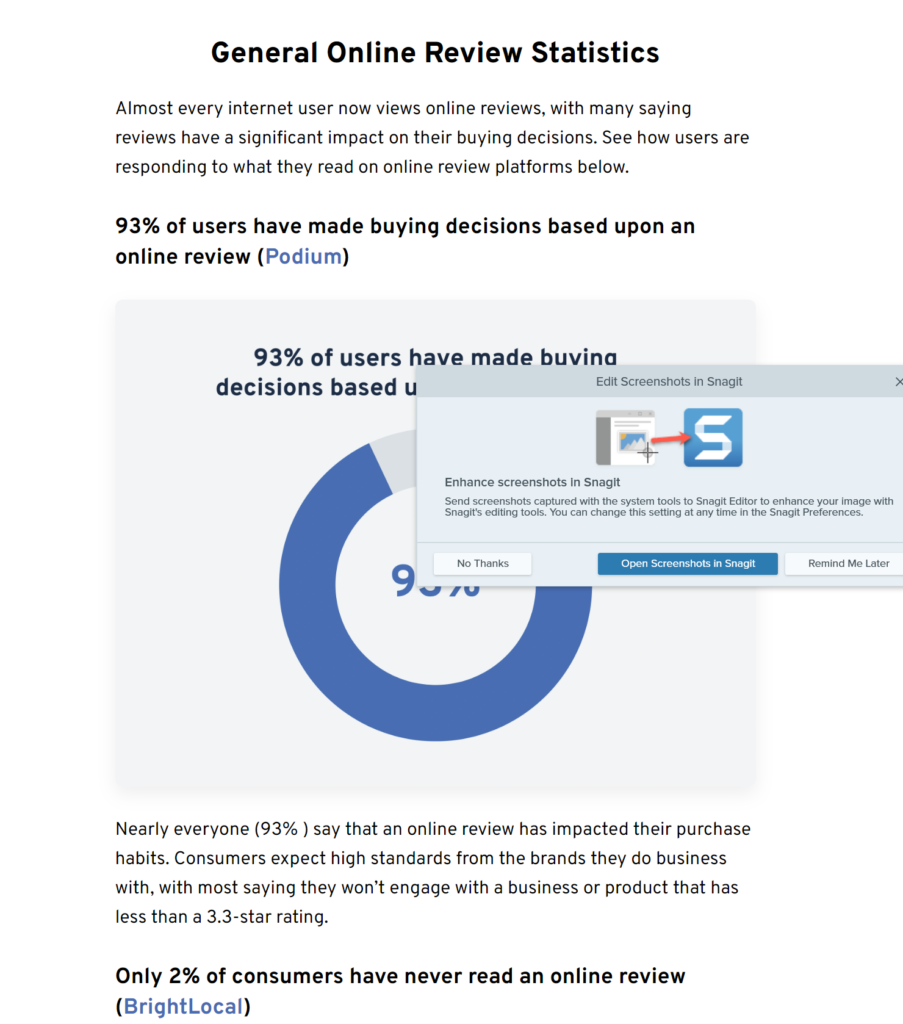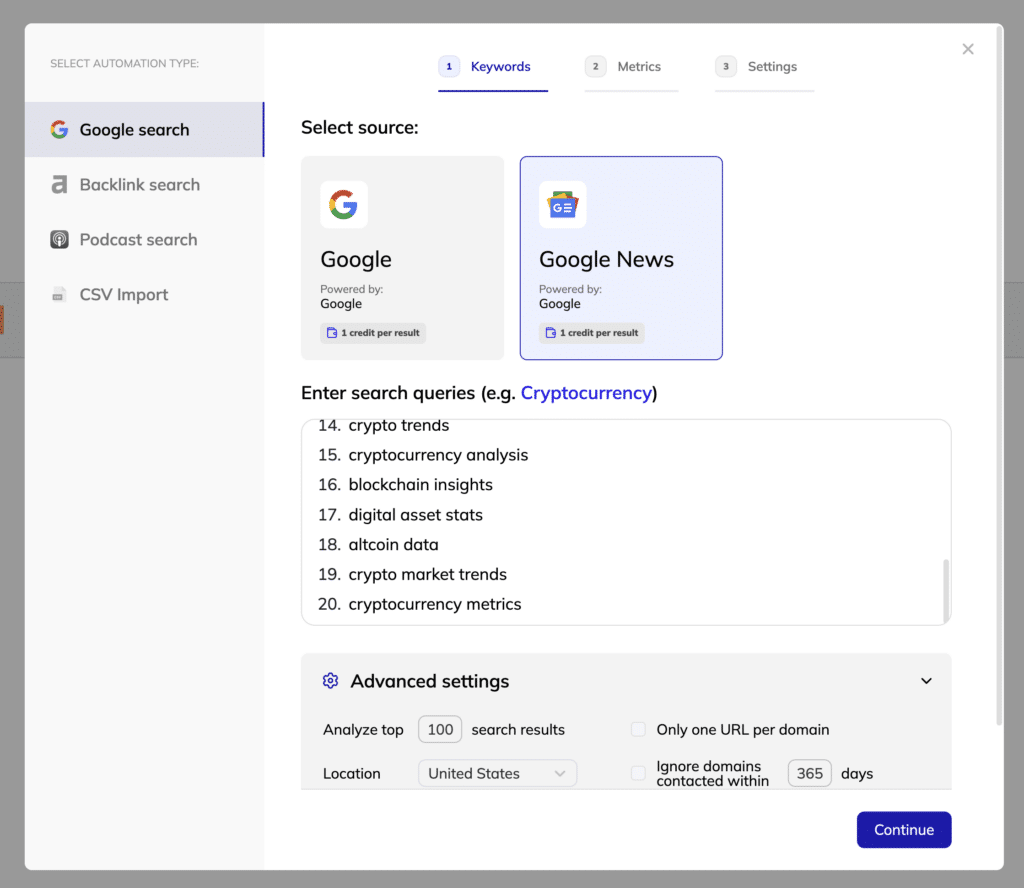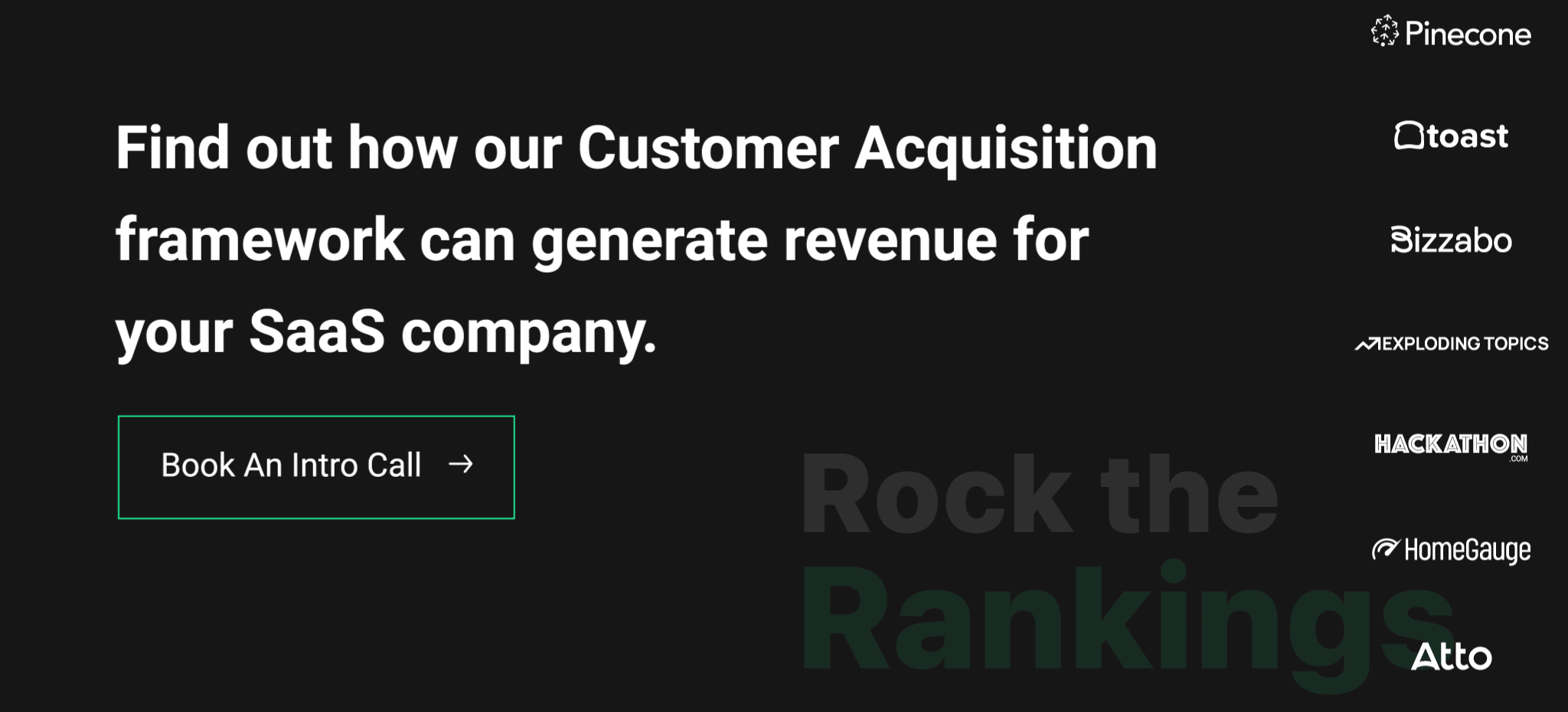How many low-quality emails do you get each and every day requesting backlinks from your website?
Personally, I receive at least a dozen generic, grammatical-error-infused emails that simply go straight to spam.
Conducting link building outreach relies heavily on proper execution when it comes to the copy, angle, and value that you can add to build relationships and land hard-to-get links.
If you’re struggling to run successful outreach-based link building campaigns, in this article, we’ll walk you through our process and how we land links on high DA/DR domains that are authorities in their respective spaces.
Link building outreach involves connecting with website owners, content creators, or editors to secure backlinks to your site.
The aim is to interact with key decision-makers who can integrate your link into their content.
Link building is a core component for any SEO strategy because backlinks from authoritative sites will help to boost your site’s ranking and visibility on Google (and yes – also ChatGPT, Perplexity, Gemini, etc.)
Outreach plays a role in various link-building techniques, such as:
Building authentic relationships is at the heart of link building outreach. You must provide value and build trust with those who can offer a link.
Quality matters: spammy, low-effort emails fail to foster connections and often land in spam folders.
Focus on establishing long-term relationships to ensure successful link-building campaigns that align with your SEO goals.
Creating outstanding content is fundamental to successful link building outreach efforts.
You should already be developing high-quality content for your audience to aide them throughout their buying journey — and developing content to attract links should be no different.
Quality content attracts backlinks, engages readers, and delivers real value.
Here’s an example of how Exploding Topics blew the top off it’s referring domains, and leverages exception content and linkable assets to drive quality backlinks:
Journalists and content marketers alike LOVE linking out to other studies, statistics, and trend pages.
There are two ways to go about building out topics for your industry that are relevant and can act as link magnets:
Now, conducting your own in-house study requires time, resources, and a lot of planning.
Although this is the preferred route to go, utilizing existing statistics and referencing them also works extremely well to build links.
Think about it – someone is writing content on a topic in your industry, and they want to quickly reference a statistic.
Your page ranks with all of the statistics on that given topic.
You’ve made their job much easier, and they’re likely then to link to your single-curated statistic piece as a reference point in their content.
Exploding Topic’s entire blogging strategy is basically built on this strategy:

They essentially go out, grab statistics for a given topic, link to them as a resource, and curate these topics all into one single piece of content.
Their team also builds out visuals to go with the content, making it a super resource to link to.
Exploding Topic’s blog has racked up over 3.22k Referring Domains, and accounts for roughly 87% of all of their organic traffic:

This is the exact strategy they also use to fuel the usage of their tool, which is built around monitoring topics as they’re trending.
Remember – this is not content build to drive conversions.
The goal of this content is to attract quality links naturally, as well as to give you assets to link out against.
Ask yourself – what topics, trends, and statistics in your industry are sexy topics you can build data against to leverage in outreach campaigns?
Alright, you’ve got the content ready to rock n’ roll.
Now, it’s time to start building your target list of websites and businesses you want to reach out to.
Choosing good prospects will increase the chance of securing valuable backlinks.
We’ll cover in the next step our process and the tools we use here, but here are some core considerations to keep in mind when getting ready to build your target list:
Look for sites that naturally align with your content. This means their audience would be genuinely interested in your material, improving the chances of getting a backlink.
Contextually relevant backlinks can not only help your overall SEO performance but can also drive quality referral traffic.
Low-quality or spammy sites offer little to no benefit.
Some can even harm your search rankings.
It’s crucial to steer clear of these to protect the integrity of your link-building efforts.
If a website does not look like a real, reputable business or domain from the get-go, it’s better just to skip over it.
You want to ensure you’re landing links from domains that are not only relevant, legitimate business, but you also want to ensure that:
Your spreadsheet of outreach targets should involve researching these metrics and factors to ensure you reach out to sites that are worth your time.
For your first campaign(s), tools are your friend to help speed up the process and make your life easier when it comes to conducting outreach.
We leverage multiple tools and workflows in our process, but the most beginner-friendly tool that we also often use is Respona.
Respona is a link building and outreach tool that can help you to find opportunities, locate prospects, and even send outreach campaigns all within the same platform.
This is not a paid, or sponsored post – we’re simply fans of the tool for beginner link builders.
Here’s how you can leverage Respona to start building your target and prospect list:
Let’s say we want to find journalists that recently covered a topic that is relevant to your content from step #1.
Within Respona, you can enter your target keywords – and it will ideate and then build advanced search operators for you to review/modify:

Respona will then go and run this query against your parameters to pull back relevant domains for each and every search query across the 10 pages of results, and start to prospect and build your list for you.
You can also leverage Ahrefs to do this in a more manual fashion – but Respona is a good starting point for going and actually building this out fast to save you time.
Once you have gathered a list of websites for your outreach, your next task is to identify the key people to contact.
This can be efficiently done using tools like Pitchbox, where a simple CSV upload will reveal relevant email addresses linked with your URLs.
This tool’s domain search option can also be handy for finding contacts directly from website domains.
This automated process is a time-saver, reducing the need to manually sift through websites.
Focus on acquiring email addresses that feature personal usernames, avoiding generic addresses such as “admin” or “info.” If uncertain about the accuracy of an email address, a quick online search can help confirm it.
Large websites often have several individuals you can email. Choosing the right contact is crucial.
Aim for professionals in digital marketing roles like:
These roles are typically responsible for creating or managing content, increasing your chances of engagement.
For smaller blogs and sites, reaching out to founders or heads of marketing is usually effective, as they tend to wear multiple hats, including content-related tasks.
In contrast, larger organizations usually have specific content teams, so reaching the content manager or head of content is more strategic.
If Pitchbox doesn’t yield the right person, consider searching LinkedIn.
Look for individuals in the organization with suitable roles and contact them directly through LinkedIn or use Hunter.io to discover their email addresses.
This approach ensures you connect with the right people, maximizing the effectiveness of your outreach efforts.
Effective outreach relies on reaching the right people with the right message. A key part of this process is ensuring your contact list is clean, accurate, and ready for outreach. This is where tools like Clay can transform your workflow.
Sending emails to outdated, irrelevant, or incorrect contacts wastes time and damages your sender reputation.
Emails that bounce back or are marked as spam signal poor email practices to email providers, reducing your overall deliverability.
A clean, verified list increases the chances of your email being seen by the right person.
Clay is a powerful data enrichment tool that can help verify and clean your prospect list in a few easy steps.
Here’s how to use it:
Crafting compelling email copy is critical for the success of your outreach campaign.
The way you communicate with prospects determines whether your email is read, ignored, or marked as spam.
Again, using a tool like Clay can streamline this process by helping you personalize your copy at scale without sacrificing quality.
Your email is competing with dozens, if not hundreds, of similar requests in your prospect’s inbox. Poorly written, generic, or overly salesy emails fail to capture attention and often damage your credibility. High-quality, personalized emails that add value are the key to earning a positive response.
Clay’s data enrichment capabilities can help you create highly tailored email copy that resonates with each prospect. Here’s how to build your copy using Clay:
By leveraging Clay, you can ensure your email copy not only stands out but also builds trust and adds value, setting the stage for successful outreach and high-quality backlinks.
Reaching out effectively is the backbone of any successful link-building campaign.
While crafting the perfect email is important, ensuring that your outreach emails actually land in the recipient’s inbox—and not their spam folder—is equally critical.
Instantly is our platform of choice for sending. By leveraging Instantly and following best practices for email deliverability, you can maximize the chances of your outreach being seen and responded to.
Even the most well-written email won’t work if it doesn’t land in the recipient’s primary inbox. Poor email deliverability can result in your messages being flagged as spam or ignored entirely. To ensure success, you need to set up your sending infrastructure correctly.
Using multiple inboxes allows you to scale your outreach efforts while reducing the risk of being flagged for spam. Here’s how to set up and use multiple inboxes effectively:
name@yourwebsite.com). Create variations like info@yourwebsite.co or use subdomains like outreach@links.yourwebsite.com. This distributes your sending activity and minimizes the risk of your primary domain being penalized.outreach1@domain.com, outreach2@domain.com) for sending emails. Each inbox should focus on a subset of your prospect list to avoid high-volume spikes.Before you start sending outreach emails, it’s essential to warm up your inboxes. This helps build trust with email providers and improves deliverability. Instantly is an excellent tool for automating this process.
When you don’t receive a reply to your email, it might just be because the recipient missed it or forgot to respond. Sending a reminder helps improve your chances of success in link-building campaigns.
Automated Reminders: Use tools like Pitchbox to automate reminders. This tool sends follow-ups to everyone who didn’t reply to your first email, saving you time and effort.
Keep your reminders brief and refer back to your original message.
Personal touches are important, so include details like the prospect’s name and their website. This shows you value their specific contribution.
If a prospect still doesn’t respond after your reminder, it’s essential to respect their choice and stop further attempts. Instead, focus on finding new leads and continuously improve your approach.
Key Point: Being persistent can be beneficial, yet you should also know when to redirect your energy to other possibilities.
Interacting with the prospect thoughtfully is key to reaching an agreement on your link-building request.
Though their first reply may not be favorable, it signals a willingness to engage, so focus on building trust and finding a mutual solution.
If they say they don’t update old articles, see this as a chance to add value.
You could propose writing a guest article for their site, which includes your link. This offers them fresh content and shows your willingness to contribute, boosting your reputation.
Sometimes, prospects expect some form of compensation for the link.
If you’re open to paying, be upfront about your budget and ask for their rates. Maintaining a transparent negotiation helps solidify trust.
Alternatively, propose a link exchange if payment isn’t an option.
Some sites state a specific fee for linking.
While paying directly for links can be risky because it violates guidelines, you can negotiate the fee or decide against the offer.

Securing high-quality backlinks requires a strategic, value-driven approach to outreach.
Many low-effort, generic emails fail to connect because they lack personalization, professionalism, and a compelling value proposition.
By focusing on crafting exceptional content, targeting relevant prospects, and leveraging tools like Clay and Instantly to personalize, scale, and deliver effectively, you can significantly improve your campaign’s success rate.
Remember, meaningful connections and authentic relationships are the foundation of sustainable link-building efforts.
Founder of Rock The Rankings, an SEO partner that helps B2B SaaS brands crush their organic growth goals. An avid fan of tennis, and growing micro-SaaS businesses on the weekend. 2x SaaS Co-Founder – Currently working to build and scale Simple Testimonial.
Book a 1-on-1 intro call with our founder that includes a FREE custom marketing plan. Start growing faster, today.